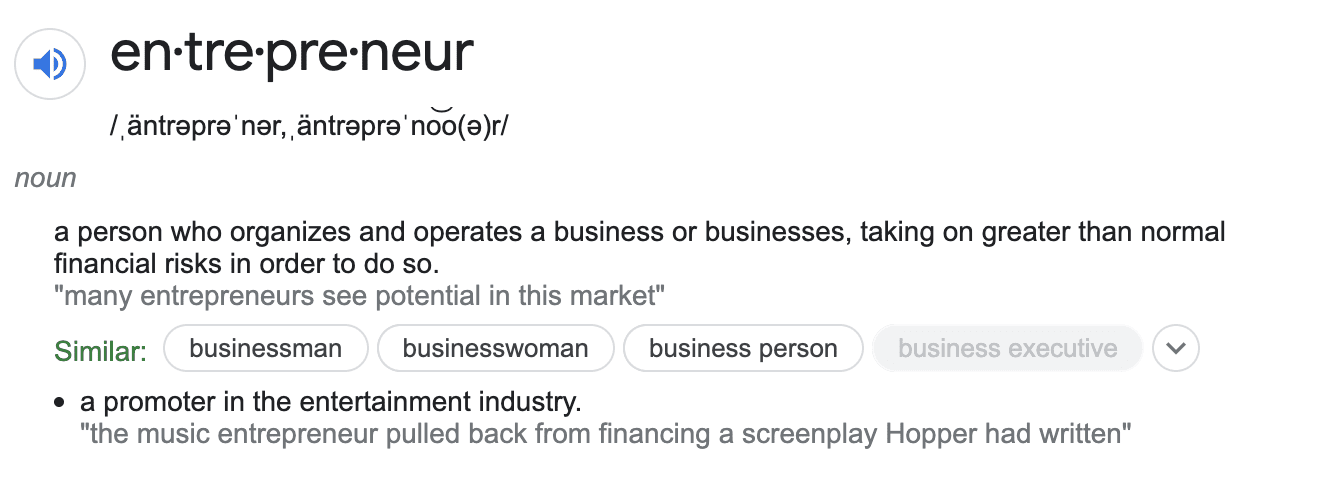북클럽
책요약
제목: The Lean Startup
저자: Eric Ries
브라이언 요약:
- 사업가의 길은 불확실하다.
- 작게 시작해서 테스트하며
- 빠르게 수정하며 발전해라.
- 고객이 뭘 원하는지 알아야 한다.
- 가치와 낭비를 알고 효율적으로 발전하라.
브라이언 노트:
Introduction
- entrepreneurship and management
- the Lean Startup: a new approach to creating continuous innovation.
- IMVU story
- The Lean startup method
- Entrepreneurs are everywhere
- Entrepreneurship is management
- Validated learning
- Build-Measure-Learn
- Innovating accounting
- Startup do not yet know who their customer is or what their product should be.
- Vision, Steer, Accelerate : Validated learning.
Part 1. Vision
1. Start
- Learning milestones
- Henry Ford Feedback Loop: 1. Engine of growth 2. driver and steering wheel
- Build-Measure-Learn
2. Define
- Who, exactly, is an entrepreneur?
- Intrapreneurs
- A startup is a human institution designed to create a new product or service under conditions of extreme "uncertainty".
- Snaptax Story Inside of Intuit. started with 5 employees
- # of customers using products that didn't exist 3 years ago. % of revenue coming from offerings that did not exist 3 years ago
- If the fundamental goal of entrepreneurship is to engage in organization building under conditions of extreme uncertainty, its most vital function is learning.
- Validated learning is the process of demonstrating empirically that a team has discovered valuable truths about a startup's present and future business prospects.
- Value vs Waste.
- Lean thinking defines as providing benefit to the customer; anything else is waste.
- Validated learning: The effort that is not absolutely necessary for learning what customers want can be eliminated.
4. Experiment
- It begins with a clear hypothesis that makes predictions about what is supposed to happen. It then tests those predictions empirically.
- The goal of every startup experiment is to discover how to build a sustainable business around that vision.
- Think big, start small.
- 1. Value hypothesis 2. growth hypothesis
- An experiment is a product
- Instead of I'm going to build it approach, 1. do consumers recognize that they have the problem you are trying to solve? 2. If there was a solution, would they buy it? 3. Would they buy it from us? 4. Can we build a solution for that problem?
- Success is not delivering a feature; success is learning how to solve the customer's problem.
- Markets change all the time and our job is to change with them.
Part 2. Steer
- Build-meausre-learn feedback loop
- Idea > build > product > measure > data > learn > idea
- The purpost of part 1 was to explore the importance of learning as the measure of progress for a startup.
- Minimum Viable Product (MVP) is that vision of the product that enables a full turn of the build-measure-learn loop with a minimum amount of effort and the least amount of development time.
5. Leap
- Strategy is based on assumptions.
- Leaps of faith: acting as if these assumptions are true is a classic entrepreneur superpower. the success of the entire venture rests on them.
- Get out of the building and start learning
- Use genchi gembutsu to discover what customer want
- Customer archetype: a brief document that seeks to humanize the proposed target customer.
6. Test
- MVP
- Groupon Success Story
- Dropbox Success Story
- Food on the Table Success Story
- Ardvark Success Story - Bought by Google (Algorithm)
- MVPs sometimes are perceived as low-quality by customer? Of so, we should use this as an opportunity to learn what attributes customers care about.
- Customers don't care how much time something takes to build. They care only if it serves their needs.
- The Lean Startup method is not opposed to building high-quality products, but only in service of the goal of winning over customers.
- If a competitor can outexecute a startup once the idea is known, the startup is doomed anyway. You believe you can accelerate through the Build-Measure-Learn feed back loop faster than anyone else can. The only way to win is to learn faster than anyone else.
- Experiment under the radar.
7. Measure
- A startup's job is to 1. rigorously measure where it is right now, confronting the hard truths that assessment reveals, and then 2. devise experiments to learn how to move the real number closer to the ideal reflected in the business plan.
- Only 5% of entrepreneurship is the big idea, the business model, the whiteboard strategizing, and the slitting up of the spoils. The 95% is the gritty work that is measured by innovation accounting: product prioritization decisions, deciding which customers to target or listen to, and having the courage to subject a grand vision to constant testing and feedback.
8. Pivot (Or Persevere)
- Zoom-in Pivot
- Zoom-out Pivot
- Customer Segment Pivot
- Customer Need Pivot
- Platform Pivot
- Business Architecture Pivot
- Value Capture Pivot
- Engine of Growth Pivot
- Channel Pivot
- Technology Pivot
- A Pivot is a strategic Hypothesis
Part 3. Accelerate
- The critical first question for any lean transformation is : Which activities create value and which are a form of waste? Once you understand this distinction, you can begin using lean techniques to drive out waste and increase the efficiency of the value-creating activities.
9. Batch
- first fold all of the newsletters then seal vs complete each one at a time?
- The small batch production approach still would be superior.
- Toyota andon cord story.
- Pull. don't push.
- The right way to think about the product development process in a Learn Startup is that it is responding to pull requests in the form of experiments that need to be run.
- The Lean Startup works only if we are able to build an organization as adaptable and fast as the challenges it faces.
10. Grow
- Sustainable growth is characterized by one simple rule: New customers come from the actions of past customers.
- Word of mouth, as a side effect of product usage, Through funded advertising, Through repeat purchases or use.
- Sticky, Viral, Paid
- LTV: customer lifetime value
11. Adapt
- The 5 Whys: (example)
- Why did the machine stop?
- Why was there an orverload?
- Why was it not lubricated sufficiently?
- Why was it not pumping sufficiently?
- Why was the shaft worn out?
- 5 Whys as a problem-solving tool > 5 Blames
- Simple rules: Be tolerant of all mistakes the first time. Never allow the same mistake to be made twice.
- Start small, be specific

![[해외도서] The Lean Startup : How Today's Entrepreneurs Use Continuous Innovation to Create Radically Successful Businesses, Crown Business](https://image5.coupangcdn.com/image/affiliate/banner/8234c71cef68ef353a0cb99ef241916a@2x.jpg)


